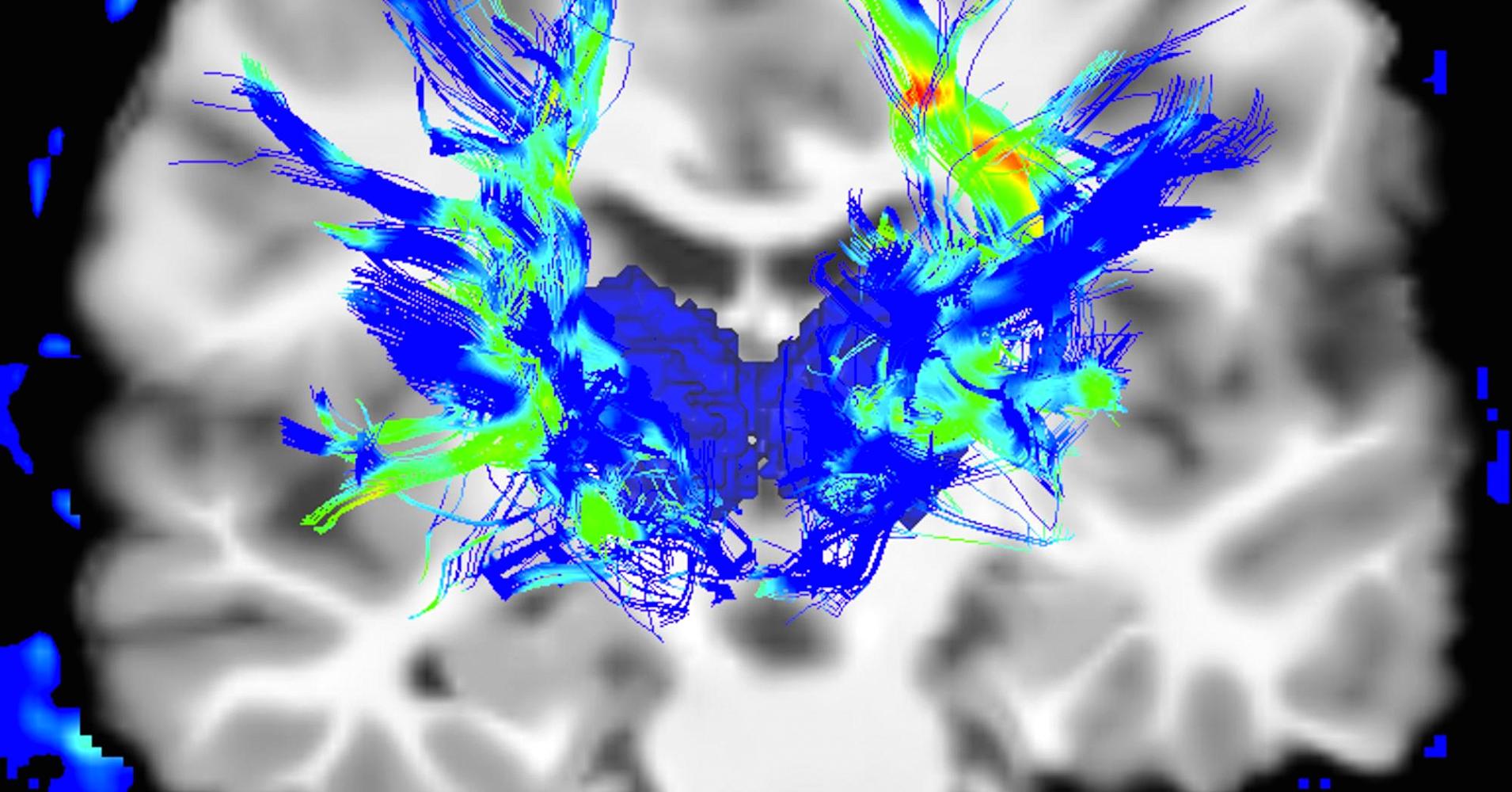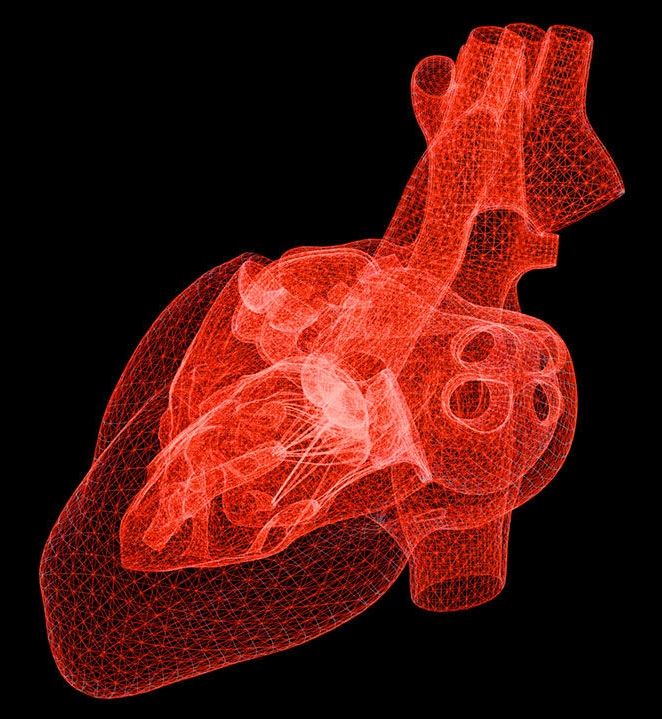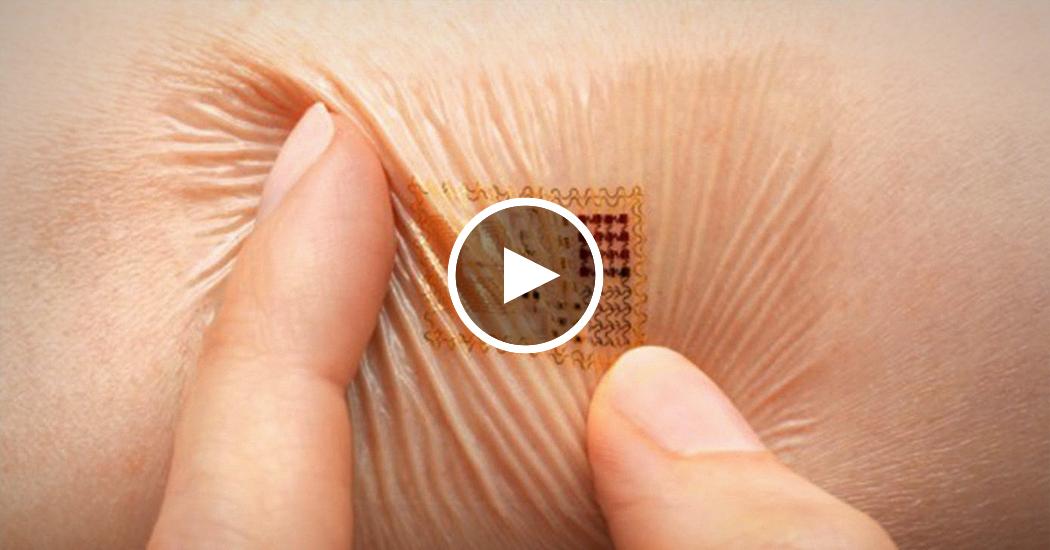Nothing like a deep, penetrating, pervasive case of radiation poising to give you the energy you need to keep you awake, focused, alert and energetic all day long. lol.
But there was a time when energy drinks actually contained real energy. The active ingredient in these drinks was radium, a radioactive element that releases a packet of radiant energy with every atomic decay. While the connection between consuming a radioactive element and reaping a perceived energy boost is tenuous at best, it didn’t stop people in the early 1900s from ignoring the known downsides of ingesting radioactivity and risking the long-term health consequences.








